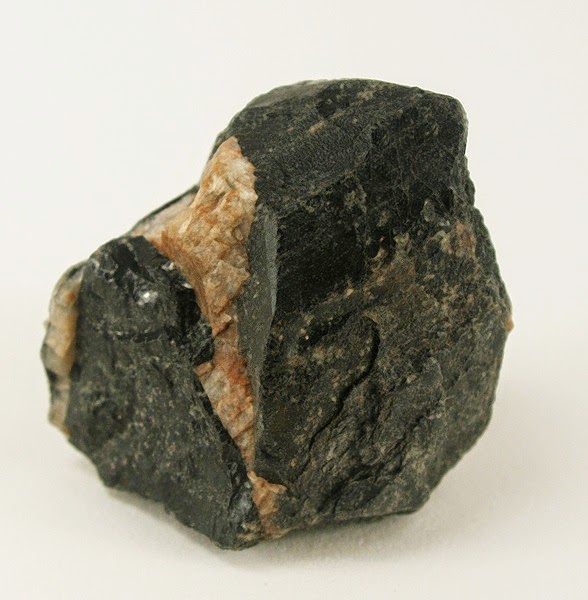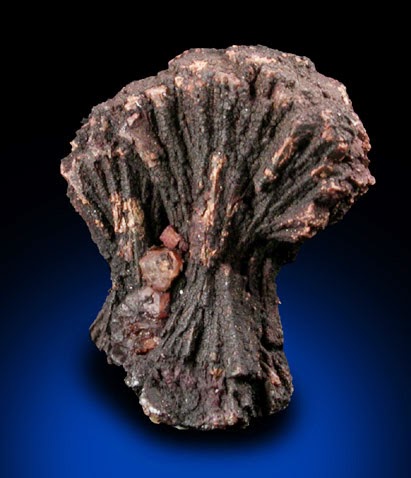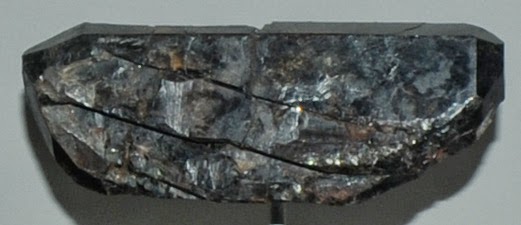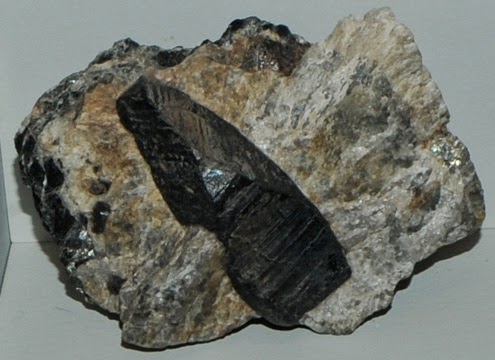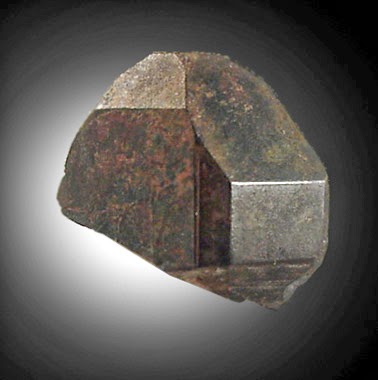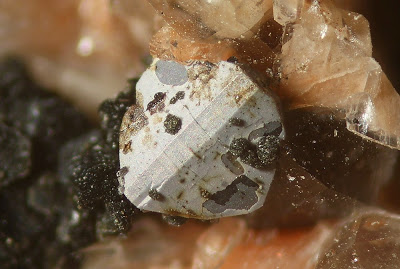
Chemical Formula: Y2Fe2+Be2Si2O10
Locality: Ytterby, Resarö, Sweden.
Name Origin: Named after the Finnish chemist, Johan Gadolin (1760-1852), who discovered yttrium. The element gadolinium was also named after Johan Gadolin in 1880.
Gadolinite, sometimes also known as Ytterbite, is a silicate mineral that consists principally of the silicates of cerium, lanthanum, neodymium, yttrium, beryllium, and iron with the formula (Ce,La,Nd,Y)2FeBe2Si2O10. It is called gadolinite-(Ce) or gadolinite-(Y) depending on the prominence of the variable element composition (namely, Y if it has more yttrium, and Ce if it has more cerium). It may contain 35.48% yttria sub-group rare earths, 2.17% ceria earths, up to 11.6% BeO and traces of thorium. It is found in Sweden, Norway, and the USA (Texas and Colorado).
Physical Properties
Cleavage: None
Color: Brown, Green, Green black, Light green, Black.
Density: 4 – 4.5, Average = 4.25
Diaphaneity: Subtransparent to opaque
Fracture: Splintery – Thin, elongated fractures produced by intersecting good cleavages or partings (e.g. hornblende).
Hardness: 6.5-7 – Pyrite-Quartz
Luminescence: Non-fluorescent.
Luster: Vitreous – Greasy
Streak: greenish gray
Photo:
